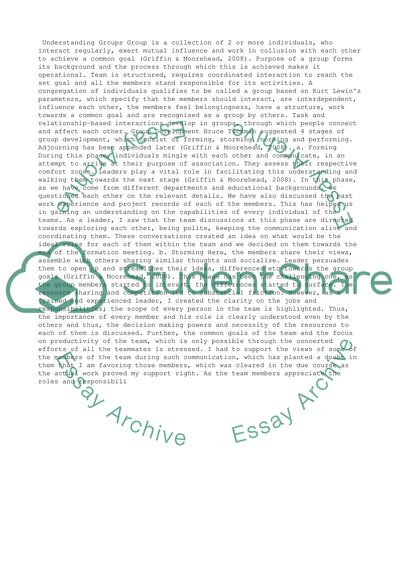Cite this document
(“General Electric Essay Example | Topics and Well Written Essays - 1250 words”, n.d.)
General Electric Essay Example | Topics and Well Written Essays - 1250 words. Retrieved from https://studentshare.org/business/1490071-general-electric
General Electric Essay Example | Topics and Well Written Essays - 1250 words. Retrieved from https://studentshare.org/business/1490071-general-electric
(General Electric Essay Example | Topics and Well Written Essays - 1250 Words)
General Electric Essay Example | Topics and Well Written Essays - 1250 Words. https://studentshare.org/business/1490071-general-electric.
General Electric Essay Example | Topics and Well Written Essays - 1250 Words. https://studentshare.org/business/1490071-general-electric.
“General Electric Essay Example | Topics and Well Written Essays - 1250 Words”, n.d. https://studentshare.org/business/1490071-general-electric.


